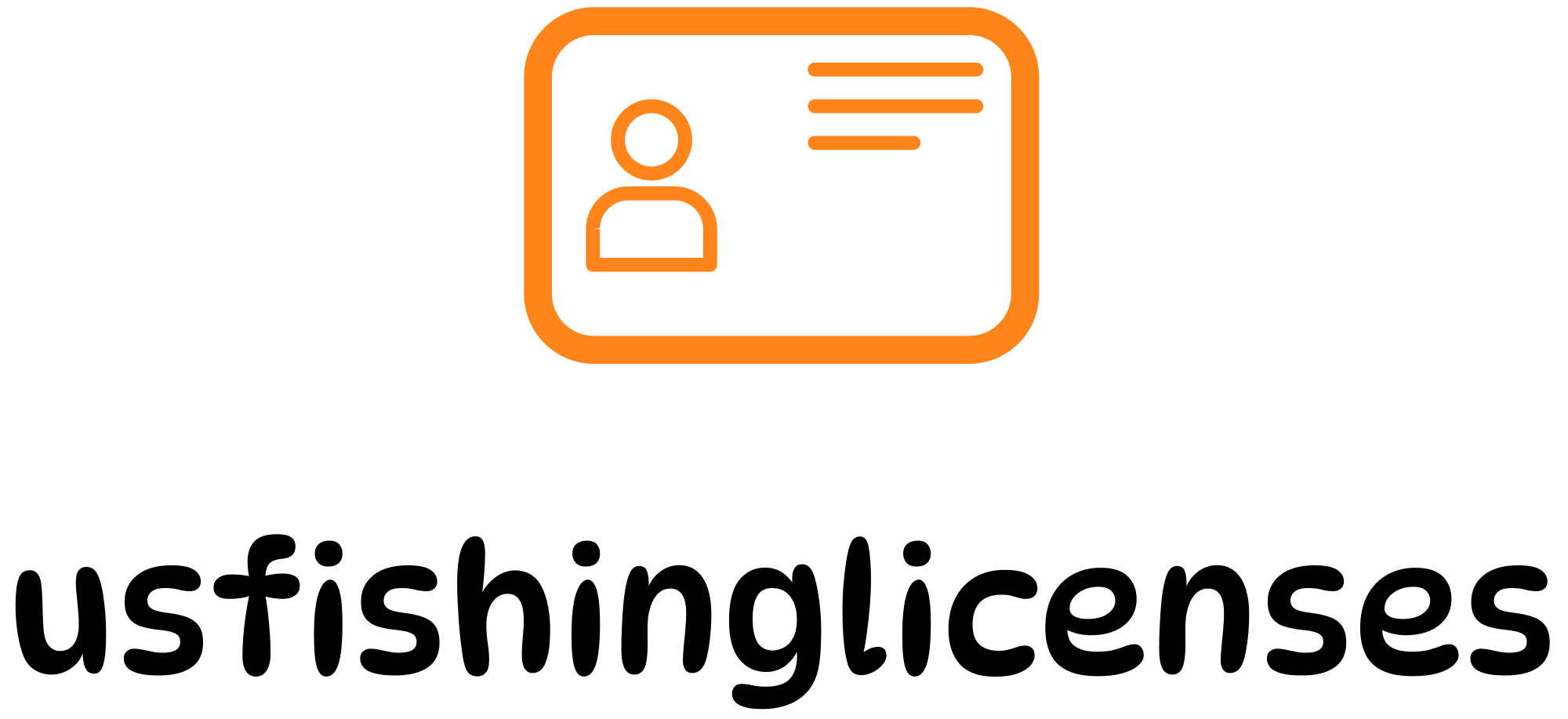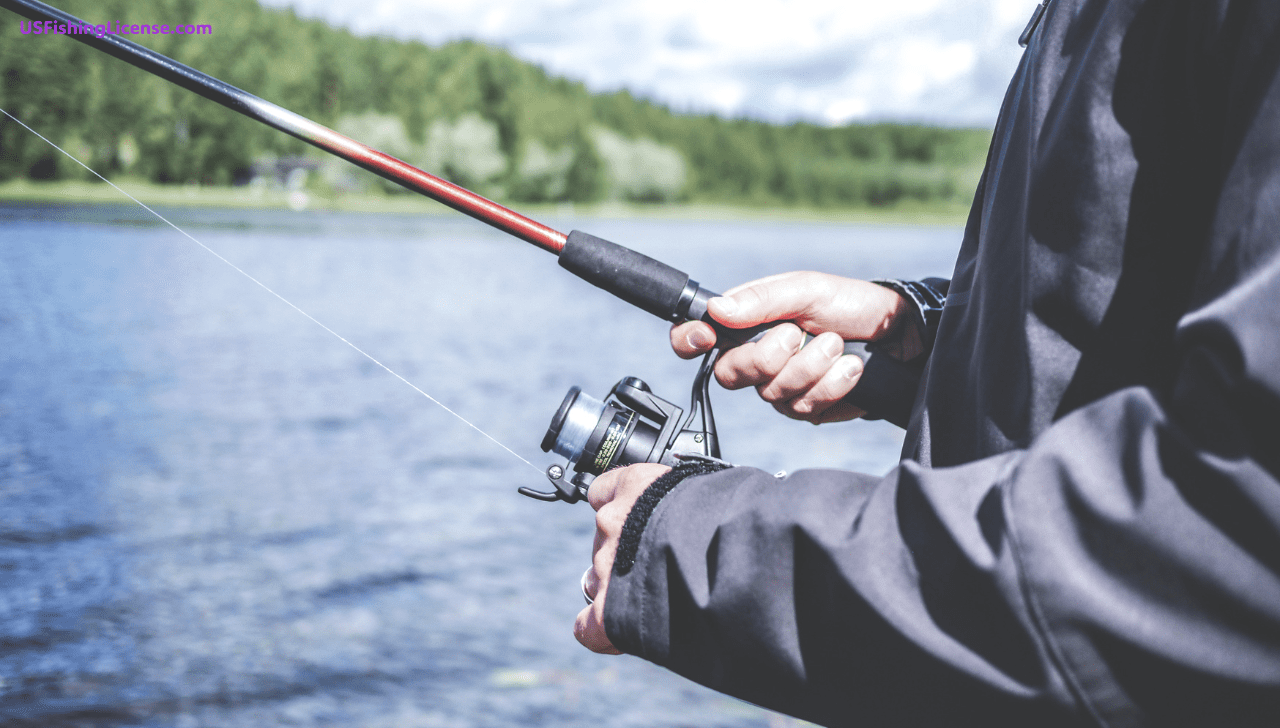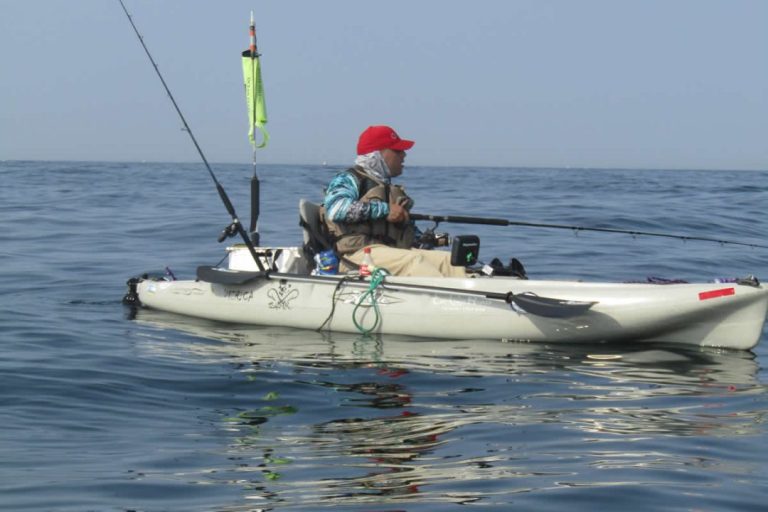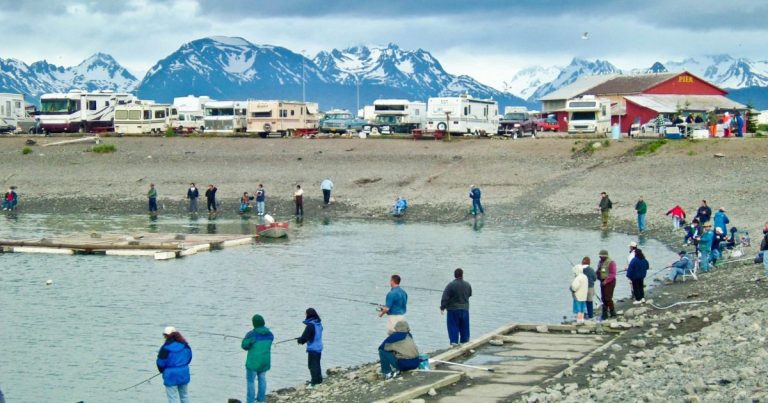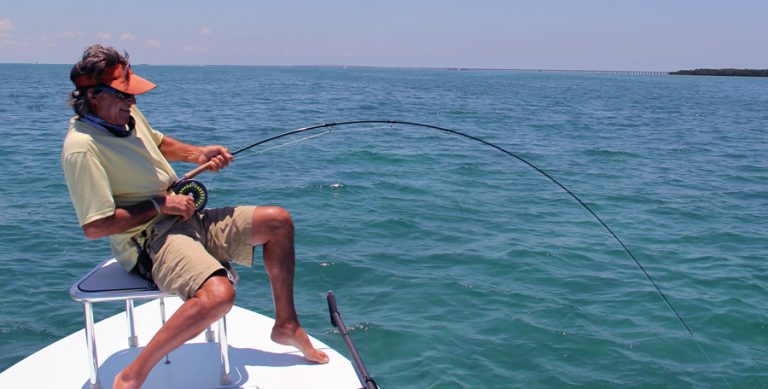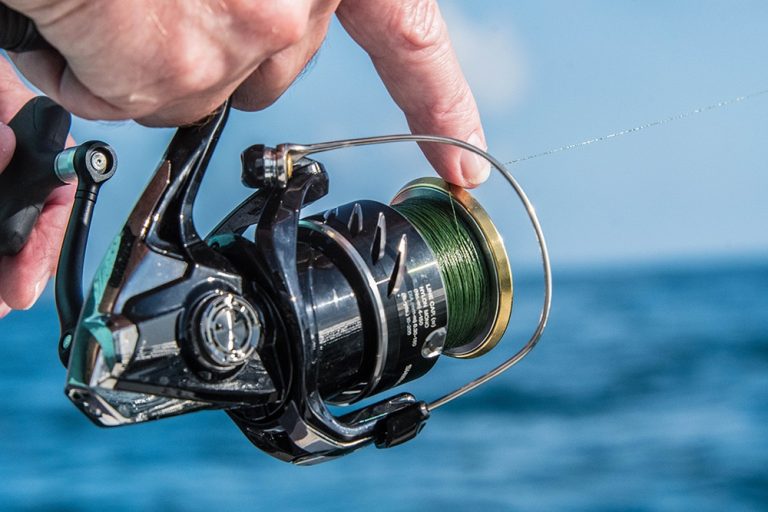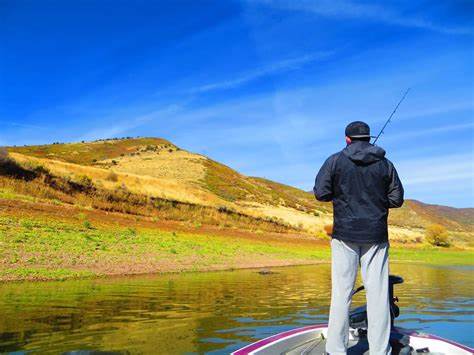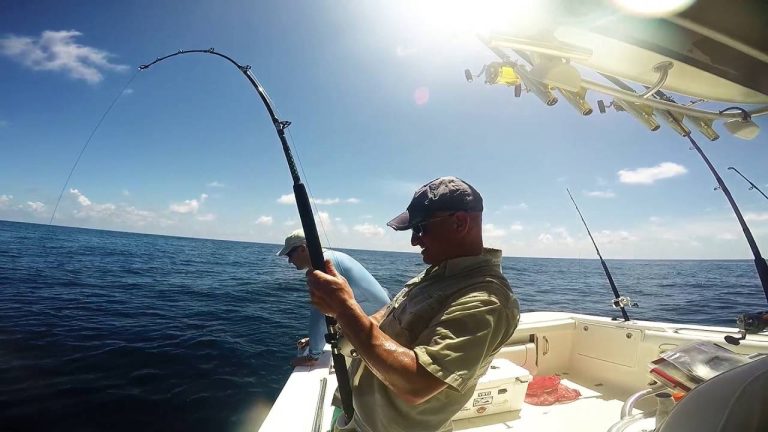Planning a fishing adventure in the beautiful waters of Idaho in 2025? Before you cast your line, it’s essential to obtain a valid fishing license. Idaho is home to diverse fishing opportunities, from trout-filled streams to expansive reservoirs teeming with bass and panfish. This comprehensive guide will walk you through the process of obtaining your Idaho fishing license, including who needs one, the types of licenses available, costs, and where to purchase them. By the end of this article, you’ll be well-prepared to enjoy Idaho’s abundant fishing resources legally and confidently.
Who Needs a Fishing License in Idaho?
In Idaho, anyone aged 14 or older must possess a valid fishing license to fish in the state’s waters. However, there are specific exceptions to this requirement:
Resident Children Under 14
Idaho resident children under the age of 14 can fish without a license and have their own separate bag limit. This means they can keep a certain number of fish per day, as specified by the regulations.
Non-Resident Children Under 14
Non-resident children under 14 must be accompanied by an adult who holds a valid Idaho fishing license while fishing. The child’s catch counts toward the licensed adult’s bag limit unless the child purchases their own license.
Even if you are not required to have a license, it is crucial to follow all fishing regulations, including bag limits, size restrictions, and season dates. These rules are in place to ensure the sustainability of Idaho’s fish populations and provide a fair and enjoyable experience for all anglers.
Types of Idaho Fishing Licenses
Idaho offers a variety of fishing licenses to cater to the needs of both resident and non-resident anglers. Below are the different types of licenses available:
Resident Licenses
| License Type | Fee (with Price Lock) | Fee (without Price Lock) |
|---|---|---|
| Annual Adult License | $25.75 | $30.50 |
| Annual Junior License (14-17 years old) | $13.75 | $16.00 |
| Senior License (65+ years old) | $11.75 | $13.75 |
| Disabled Persons License | $5.00 | $5.75 |
| Military Furlough License | $17.50 | $20.50 |
| Daily Fishing License | $11.50 | $13.50 |
Non-Resident Licenses
| License Type | Fee |
|---|---|
| Annual Adult License | $108.00 |
| Annual Junior License (14-17 years old) | $23.75 |
| Daily Fishing License | $22.75 |
| 3-Day Salmon/Steelhead License | $44.75 |
In addition to these standard licenses, Idaho also offers combination hunting and fishing licenses, as well as lifetime licenses for infants, adults, and seniors. These options provide flexibility and long-term savings for anglers who plan to fish regularly in the state.
How Much Does an Idaho Fishing License Cost?
The cost of an Idaho fishing license varies depending on the type of license, residency status, and duration. Here’s a breakdown of the most common license fees for the 2025 season:
| License Type | Resident Fee | Non-Resident Fee |
|---|---|---|
| Annual Adult | $30.50 | $108.00 |
| Annual Junior (14-17 years old) | $16.00 | $23.75 |
| Daily Fishing | $13.50 | $22.75 |
| 3-Day Salmon/Steelhead | N/A | $44.75 |
Prices are subject to change, and additional fees may apply for certain permits or tags. Always check the current pricing information before making a purchase.
Where to Buy an Idaho Fishing License
You have several convenient options for purchasing your Idaho fishing license:
Online
Visit the Idaho Department of Fish and Game’s official licensing website at GoOutdoorsIdaho.com to buy your license online. This is the quickest and most hassle-free way to obtain your license, as you can print it immediately or save a digital copy on your device.
Mobile App
Download the “Go Outdoors Idaho” mobile app for iOS or Android devices to purchase licenses, tags, and permits directly from your smartphone. The app offers a user-friendly interface and secure payment options, making it easy to get your license on the go.
By Phone
Call the Idaho Fish and Game’s licensing hotline at 1-800-554-8685 to buy your license over the phone. This option is convenient for those who prefer to speak with a representative, but keep in mind that it may take longer to receive your license compared to online or mobile purchases.
In Person
Visit a local Idaho Fish and Game regional office or any authorized license vendor, such as sporting goods stores, to purchase your license in person. This method allows you to interact with knowledgeable staff who can answer any questions you may have about fishing in Idaho.
When buying your license, be sure to have your personal information ready, including your full name, date of birth, address, and a valid form of payment. If you’re purchasing a license online or through the mobile app, you can print your license immediately or save a digital copy on your device for easy access.
Special Permits and Tags
In addition to a standard fishing license, you may need to purchase special permits or tags for certain activities:
Two-Pole Permit
If you want to fish with two poles, you’ll need to purchase a two-pole permit in addition to your fishing license. This allows you to double your chances of catching fish while adhering to the regulations.
Salmon and Steelhead Permit
If you plan on fishing for salmon or steelhead, you must purchase a separate permit along with your fishing license. These species are highly prized by anglers, and the permit helps fund conservation efforts and management programs.
Sturgeon Fishing
Sturgeon fishing in Idaho is catch-and-release only. If you catch a sturgeon, you must release it immediately without removing it from the water. This regulation is in place to protect these ancient fish and ensure their continued presence in Idaho’s waterways.
Be sure to check the current Idaho Fishing Seasons and Rules booklet for any additional permits or tags required for your specific fishing plans. Familiarizing yourself with these regulations will help you stay compliant and enjoy a successful fishing experience.
Idaho Fishing Regulations
Before embarking on your fishing adventure, it’s crucial to familiarize yourself with Idaho’s fishing seasons, rules, and regulations. These guidelines help protect fish populations and ensure a fair and enjoyable experience for all anglers. Some key points to keep in mind:
Seasons
Fishing seasons vary by species and location. Check the Idaho Fishing Seasons and Rules booklet available at Idaho Fish and Game for specific dates and any seasonal closures. Respecting these seasons helps maintain the health and balance of Idaho’s fish populations.
Bag Limits
Each species has a daily bag limit, which is the number of fish you can keep in a single day. Be sure to follow these limits to avoid penalties and ensure that everyone has the opportunity to enjoy the state’s abundant fish resources.
Size Restrictions
Some fish species have size restrictions in place, meaning you can only keep fish within a certain length range. Measure your catch carefully to ensure compliance with these regulations. Releasing undersized fish helps protect the future of Idaho’s fisheries.
Catch-and-Release
When practicing catch-and-release, handle fish gently and minimize their time out of the water to increase their chances of survival. This conservation-minded approach helps maintain healthy fish populations for future generations of anglers to enjoy.
Remember, it’s your responsibility as an angler to know and follow all fishing regulations. Violations can result in fines, license suspensions, and even jail time. By familiarizing yourself with the rules and regulations, you can ensure a safe, legal, and enjoyable fishing experience in Idaho.
Proof of Residency for Idaho Residents
To purchase a resident fishing license in Idaho, you must provide proof of residency. A valid Idaho driver’s license or state identification card is required when buying resident licenses, tags, and permits from a vendor. Non-drivers under 18 must have a parent or guardian provide proof of residency.
Idaho defines a resident as someone who has been domiciled in the state with the intent to make it their permanent home for at least six months immediately before applying for any license, tag, or permit. Senior residents (65+) must have lived in Idaho for at least six months before applying for a senior license or tag.
Military personnel and their dependents stationed in Idaho can purchase resident licenses after 30 days of continuous residency by presenting a current Military Status and Residency Affidavit signed by their commanding officer.
Conclusion
Obtaining your Idaho fishing license is a straightforward process that grants you access to some of the best fishing opportunities in the country. By following the steps outlined in this guide and staying informed about the state’s fishing regulations, you’ll be well on your way to a memorable and legal fishing experience in Idaho.
Remember to purchase your license before heading out, as fishing without a valid license can result in hefty fines and penalties. Once you have your license, grab your gear, and get ready to explore the state’s diverse and abundant waters. From trout streams to bass-filled reservoirs, Idaho offers a fishing adventure for anglers of all skill levels.
So, what are you waiting for? Get your license, plan your trip, and get ready to reel in the catch of a lifetime in the stunning state of Idaho. Happy fishing!
